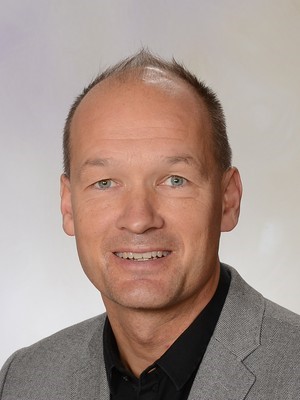The changing demography of Swedish speakers in Finland

Jan Saarela,
Professor of Demography with Statistics,
Demography Unit,
Åbo Akademi University,
Vasa, Finland
The Demography Unit at Åbo Akademi University was in early 2019 awarded status as one of the university’s centre of excellence units. The project title is “Demographic change and ethnolinguistic identity in an intergenerational perspective: The Swedish-speaking population in Finland” (DemSwed). I will here briefly motivate and describe why this research area is important.
In Finland, a person can be registered with only one mother tongue, which basically means ethnolinguistic affiliation. The procedure is a scientific and societal impediment from the perspective that an increasing number of children grow up with both Swedish-speaking and Finnish-speaking parents or grandparents. While the Swedish-speaking population has been thoroughly mapped, there is little awareness of how group-specific traits are maintained over generations when individuals form mixed uinions. Research on how the offspring fare on demographic and socioeconomic outcomes is also scarce. Our project studies how demographic changes of this kind affect the native population composition of the country by tracing the transmission of ethnolinguistic identity through families and generations. We map also the mechanisms behind the changes and for different subgroups in a manner that has not been done before.
These efforts will increase the knowledge about the resilience of the Swedish language issue in Finland, and contribute also to the international literature on ethnic minorities, their profiles and the associated consequences of demographic processes. The project is of increasing societal relevance given the transformation of Europe into multicultural nations, and has the potential to provide important lessons for how group identities relate to sociocultural variation in a wide variety of contexts. Unlike previous research within the field of multiethnic identities, we use large-scale longitudinal data that link generations. The data used consist of the entire Finnish population, and make it possible to follow individuals within and across lineages over more than four decades. These administrative population-register data provide a globally unique source of information.
There are some stylized facts to consider. The total effect of mixed unions on the Swedish-registered population has been negative. In the cohorts born in the 1950s to 1980s, only one third of all individuals with mixed background reproduced Swedish, that is, registered their children as a Swedish speaker. However, own ethnolinguistic affiliation highly matters. Two thirds of them registered their children as Swedish speakers if they were Swedish-registered themselves, while only one in tenth of those registered as Finnish speakers did so.
Own ethnolinguistic affiliation affects also partner choice, which in turn affects the ethnolinguistic registration of the children. About 40 per cent of Swedish-registered persons with a mixed background had a Swedish-registered partner, while the corresponding number for Finnish-registered persons with a mixed background was about 10 per cent. In the former group, almost all children were registered as Swedish speakers, while in the latter group, the corresponding number was roughly 70 per cent. If the partner was Finnish-registered, very few Finnish-registered individuals with mixed background registered their children as a Swedish speaker, while almost half of all Swedish-registered individuals with mixed background did so.
Mother’s ethnolinguistic affiliation is more important than father’s for the ethnolinguistic registration of the children. Thus, Swedish-registered women with mixed background and a Finnish-registered partner had reproduced Swedish to a higher extent than Swedish-registered men with mixed background and a Finnish-registered partner.
It is also worth stressing that individuals with non-mixed Swedish background differ from Swedish-registered individuals with mixed background. Approximately 90 per cent of the former reproduced Swedish, while only two thirds of the latter did so, which is largely related to the partner choice.
From the Swedish speakers’ perspective, one reassuring point is that the share of Swedish-registered children in mixed families has increased considerably. One third of the children born in such families in the early 1950s were Swedish-registered, as compared to over 60 per cent in the early 2010s. Yet, the increased prevalence of Swedish-registration of children in mixed families pertains foremost to those with a Swedish-registered mother, and not to those with a Finnish-registered mother. For children born in mixed families in 2015, almost 80 per cent were Swedish-registered if the mother was a Swedish speaker, and roughly half 53 per cent if the mother was a Finnish speaker.
To sum up, these patterns suggest that there are strong reasons to be concerned with ethno-linguistic registration across generations, and the gendered structure associated with it.
Expert article 2570
